Home>Gardening & Outdoor>Landscaping Ideas>How To Plant Grass In The Spring
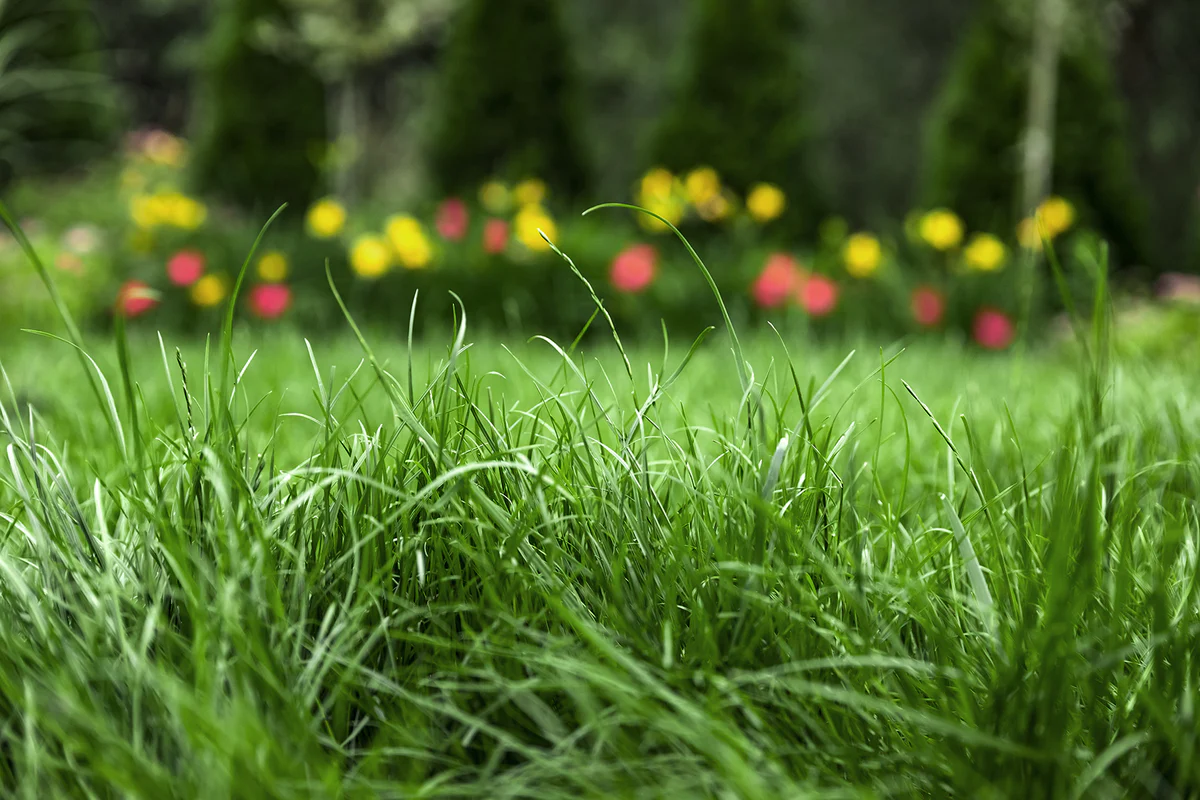

Landscaping Ideas
How To Plant Grass In The Spring
Modified: February 18, 2024
Learn the best landscaping ideas for planting grass in the spring. Get expert tips and advice for a lush, green lawn this season.
(Many of the links in this article redirect to a specific reviewed product. Your purchase of these products through affiliate links helps to generate commission for Storables.com, at no extra cost. Learn more)
Introduction
Spring is a season of renewal, making it the perfect time to breathe new life into your lawn. Whether you’re looking to fill in bare patches, establish a new lawn, or simply improve the overall health and appearance of your grass, planting grass seed in the spring can yield lush, vibrant results. However, achieving a thriving lawn requires careful planning, proper seed selection, and diligent maintenance. In this guide, we’ll explore the essential steps to successfully plant grass in the spring, ensuring that your lawn becomes the envy of the neighborhood.
As the days grow longer and the temperatures begin to rise, it’s essential to seize the opportunity to rejuvenate your lawn. By understanding the nuances of spring planting and implementing best practices, you can set the stage for a verdant and resilient lawn that will endure throughout the seasons. Let’s embark on this journey to transform your outdoor space into a lush, inviting oasis that beckons bare feet and outdoor gatherings.
Key Takeaways:
- Choose the right grass seed based on your climate, sun exposure, soil type, and intended use to ensure a resilient and visually appealing lawn that can withstand environmental challenges.
- Prepare the soil by clearing debris, testing pH, and adding organic matter to create an optimal environment for grass seed germination and long-term vitality.
Read more: When To Plant Grass Seed In The Spring
Choosing the Right Grass Seed
When it comes to planting grass in the spring, selecting the right grass seed is the foundational step in achieving a healthy and visually appealing lawn. The ideal grass seed for your lawn depends on various factors, including your climate, soil type, sun exposure, and intended use of the lawn. Understanding these considerations will help you make an informed decision and set the stage for successful grass growth.
Begin by assessing the climate in your region. Cool-season grasses, such as Kentucky bluegrass, fescue, and ryegrass, thrive in northern regions with cold winters and moderate summers. On the other hand, warm-season grasses like Bermuda grass, zoysia grass, and St. Augustine grass flourish in southern regions characterized by hot summers and mild winters. Selecting a grass type that is well-suited to your climate will ensure that your lawn remains resilient and vibrant throughout the year.
Next, evaluate the sun exposure in your lawn area. Some grass species, like fine fescues, are shade-tolerant and thrive in areas with limited sunlight, while others, such as Bermuda grass, require ample sun to thrive. By understanding the sunlight patterns in your lawn, you can choose a grass seed that aligns with the specific light conditions, promoting healthy and robust grass growth.
Soil type also plays a crucial role in determining the most suitable grass seed for your lawn. Whether your soil is sandy, loamy, or clay-based, certain grass species are better equipped to thrive in specific soil conditions. For instance, tall fescue is well-suited to a wide range of soil types, including clay soils, while centipede grass excels in acidic, sandy soils commonly found in coastal areas.
Additionally, consider the intended use of your lawn. Are you aiming for a lush, ornamental lawn, or do you require a durable, traffic-resistant surface for recreational activities? For high-traffic areas, durable grass species like Kentucky bluegrass and perennial ryegrass are excellent choices, as they can withstand frequent foot traffic and playtime without sacrificing their visual appeal.
By carefully considering these factors and consulting with local gardening experts or extension offices, you can identify the most suitable grass seed for your specific lawn conditions. Investing time in selecting the right grass seed sets the stage for a thriving and resilient lawn that will enhance the beauty and functionality of your outdoor space.
Preparing the Soil
Before sowing the seeds, it’s crucial to prepare the soil to create an optimal environment for grass seed germination and growth. The condition of the soil directly impacts the success of your lawn, influencing factors such as water retention, root development, and nutrient availability. By following these essential steps, you can ensure that your soil provides a fertile foundation for vibrant and healthy grass.
Begin by clearing the area of any debris, including rocks, branches, and weeds. This initial step sets the stage for a clean and uniform seedbed, allowing the grass seeds to establish themselves without competition from invasive plants or obstacles that hinder their growth. Use a rake or specialized debris-clearing tools to thoroughly clean the soil surface, creating a blank canvas for your new lawn.
Once the area is clear of debris, assess the soil’s texture and structure. If the soil is compacted or lacks sufficient aeration, consider aerating the area to improve soil porosity and alleviate compaction. Aeration promotes better water and nutrient penetration, creating an environment conducive to healthy root development and overall grass growth.
After addressing compaction, test the soil pH to determine its acidity or alkalinity. Most grass species thrive in slightly acidic to neutral soil, with a pH range of 6.0 to 7.5. If the soil pH deviates from this range, consider applying soil amendments to adjust the pH and create an optimal growing environment for the selected grass seed. Lime can be used to raise the pH of acidic soils, while elemental sulfur can lower the pH of alkaline soils.
Following soil testing and amendment, it’s time to enrich the soil with organic matter. Incorporating compost or well-decomposed organic materials into the soil enhances its fertility, improves moisture retention, and fosters a healthy soil ecosystem. Spread a layer of organic matter across the soil surface and use a rake to work it into the top few inches of soil, ensuring even distribution and integration with the existing soil.
Finally, level the soil surface to create a uniform and smooth seedbed. Using a garden rake or leveling tool, gently smooth out the soil, removing any bumps or depressions that could impede water distribution or lead to uneven grass growth. A level seedbed provides an ideal foundation for sowing the grass seed, promoting consistent germination and uniform grass coverage.
By meticulously preparing the soil, you establish the groundwork for successful grass establishment and long-term vitality. Investing time and effort in soil preparation sets the stage for a resilient and visually stunning lawn that will be a source of pride and enjoyment for years to come.
Before planting grass in the spring, make sure to prepare the soil by removing any debris and loosening the top layer. It’s also important to choose the right type of grass for your climate and soil conditions.
Planting the Grass Seed
With the soil meticulously prepared, it’s time to embark on the exciting process of planting the grass seed. This pivotal step sets the stage for lush and resilient grass growth, transforming your outdoor space into a vibrant and inviting landscape. By following best practices for planting grass seed in the spring, you can maximize the germination rate and establish a dense, healthy lawn that will endure for years to come.
Before sowing the grass seed, carefully review the recommended seeding rates for the specific grass species you’ve selected. Over-seeding or under-seeding can impact the density and uniformity of the resulting lawn, so it’s essential to follow the recommended seeding rates to achieve optimal coverage and a lush, full lawn.
When distributing the grass seed, consider using a broadcast spreader for larger areas to ensure even seed distribution. For smaller or irregularly shaped areas, hand seeding allows for greater precision and control over the seed placement. Regardless of the method, aim for uniform coverage to promote consistent germination and minimize patchy areas in the emerging lawn.
After spreading the grass seed, lightly rake the soil to cover the seeds with a thin layer of soil. This ensures that the seeds are in close contact with the soil, promoting germination and early root development. Avoid burying the seeds too deeply, as this can impede their ability to sprout and emerge from the soil surface.
Once the seeds are in place, gently press them into the soil using a lawn roller or by walking over the seeded area. This firm seed-to-soil contact enhances germination by ensuring that the seeds remain in close proximity to the moisture and nutrients present in the soil. Proper seed-to-soil contact is essential for the successful establishment of the grass seedlings.
After planting the grass seed, it’s crucial to provide consistent moisture to support germination and early growth. Water the seeded area lightly, ensuring that the soil remains consistently moist but not waterlogged. Frequent, shallow watering is preferred during the germination phase, as it promotes the development of delicate seedlings without creating overly saturated conditions that can hinder their growth.
By following these steps for planting grass seed in the spring, you lay the groundwork for a lush and resilient lawn that will enhance the beauty and functionality of your outdoor space. With proper care and maintenance, the newly planted grass seed will transform into a verdant carpet of green, providing a welcoming and picturesque setting for outdoor enjoyment.
Watering and Maintenance
After planting the grass seed, diligent watering and ongoing maintenance are essential to nurture the newly established lawn and promote robust grass growth. By adhering to best practices for watering and maintenance, you can foster a healthy and vibrant lawn that will thrive throughout the spring and beyond.
Following the initial seeding, it’s crucial to maintain consistent soil moisture to support germination and early seedling growth. Depending on the climate and weather conditions, this may involve light, frequent watering to ensure that the soil remains consistently moist. Avoid allowing the soil to dry out during this critical phase, as adequate moisture is essential for the successful emergence of the grass seedlings.
As the grass seedlings begin to establish themselves, transition to a deeper, less frequent watering schedule to encourage robust root development. Deep watering promotes the growth of strong, resilient roots that will sustain the grass during periods of heat and drought, contributing to the long-term health and vitality of the lawn.
Monitor the soil moisture regularly, adjusting your watering schedule based on the specific needs of your lawn and the prevailing weather conditions. Incorporating a rain gauge or utilizing moisture meters can provide valuable insights into the moisture levels of the soil, allowing you to make informed decisions about watering frequency and duration.
In addition to watering, ongoing maintenance practices are integral to nurturing a thriving lawn. Regular mowing, fertilization, and weed control contribute to the overall health and appearance of the grass, fostering a dense and visually appealing lawn that enhances your outdoor environment.
When mowing the newly established grass, adhere to the recommended mowing height for the specific grass species. Avoid cutting the grass too short, as this can stress the young seedlings and impede their growth. Instead, aim to remove no more than one-third of the grass blade length with each mowing, promoting healthy regrowth and a lush, resilient lawn.
Applying a balanced fertilizer at the appropriate times provides essential nutrients to support vigorous grass growth and overall lawn health. Select a high-quality fertilizer formulated for the specific needs of your grass type and apply it according to the manufacturer’s recommendations, taking care not to over-fertilize, which can lead to excessive top growth at the expense of root development.
Lastly, proactive weed control is essential to prevent invasive plants from competing with the newly established grass. Regularly inspect the lawn for weeds and address them promptly to prevent them from overtaking the grass and detracting from the overall aesthetic and health of the lawn.
By embracing these watering and maintenance practices, you can nurture a thriving and resilient lawn that will be a source of pride and enjoyment. With attentive care and ongoing maintenance, the newly planted grass seed will flourish, creating a lush and inviting outdoor space for relaxation, recreation, and natural beauty.
Conclusion
As spring unfolds and nature awakens, the opportunity to plant grass seed heralds the promise of a lush, vibrant lawn that will enhance your outdoor living space. By carefully selecting the right grass seed, preparing the soil, and following best practices for planting, watering, and maintenance, you can set the stage for a resilient and visually stunning lawn that will endure throughout the seasons.
Choosing the appropriate grass seed tailored to your climate, sun exposure, soil type, and intended use is the first step toward establishing a thriving lawn. By aligning the grass species with the specific conditions of your outdoor space, you ensure that the resulting lawn will be well-equipped to withstand environmental challenges and showcase its natural beauty.
Thorough soil preparation lays the groundwork for successful grass establishment, creating an optimal environment for seed germination and early root development. By addressing soil compaction, pH levels, and organic matter content, you foster a fertile and hospitable soil ecosystem that nurtures healthy grass growth and vitality.
Planting the grass seed with precision and care, followed by consistent watering and diligent maintenance, is essential for nurturing the newly established lawn. By providing the right balance of moisture, nutrients, and proactive care, you encourage robust root development, dense grass coverage, and a visually appealing lawn that beckons outdoor enjoyment.
As the grass matures, ongoing maintenance practices, including mowing, fertilization, and weed control, contribute to the long-term health and beauty of the lawn. By embracing these practices, you foster a resilient and vibrant outdoor space that serves as a welcoming backdrop for leisure, recreation, and natural splendor.
Ultimately, the process of planting grass in the spring is a transformative journey that culminates in the creation of a lush and inviting lawn. By infusing your outdoor space with the vibrant energy of new grass growth, you craft a setting that beckons bare feet, outdoor gatherings, and moments of tranquility amidst nature’s beauty.
As you embark on this journey of springtime lawn rejuvenation, remember that each step, from seed selection to ongoing maintenance, plays a pivotal role in shaping the outcome. With patience, care, and a touch of horticultural artistry, you can cultivate a verdant oasis that enriches your outdoor lifestyle and captivates the senses with its natural allure.
Frequently Asked Questions about How To Plant Grass In The Spring
Was this page helpful?
At Storables.com, we guarantee accurate and reliable information. Our content, validated by Expert Board Contributors, is crafted following stringent Editorial Policies. We're committed to providing you with well-researched, expert-backed insights for all your informational needs.
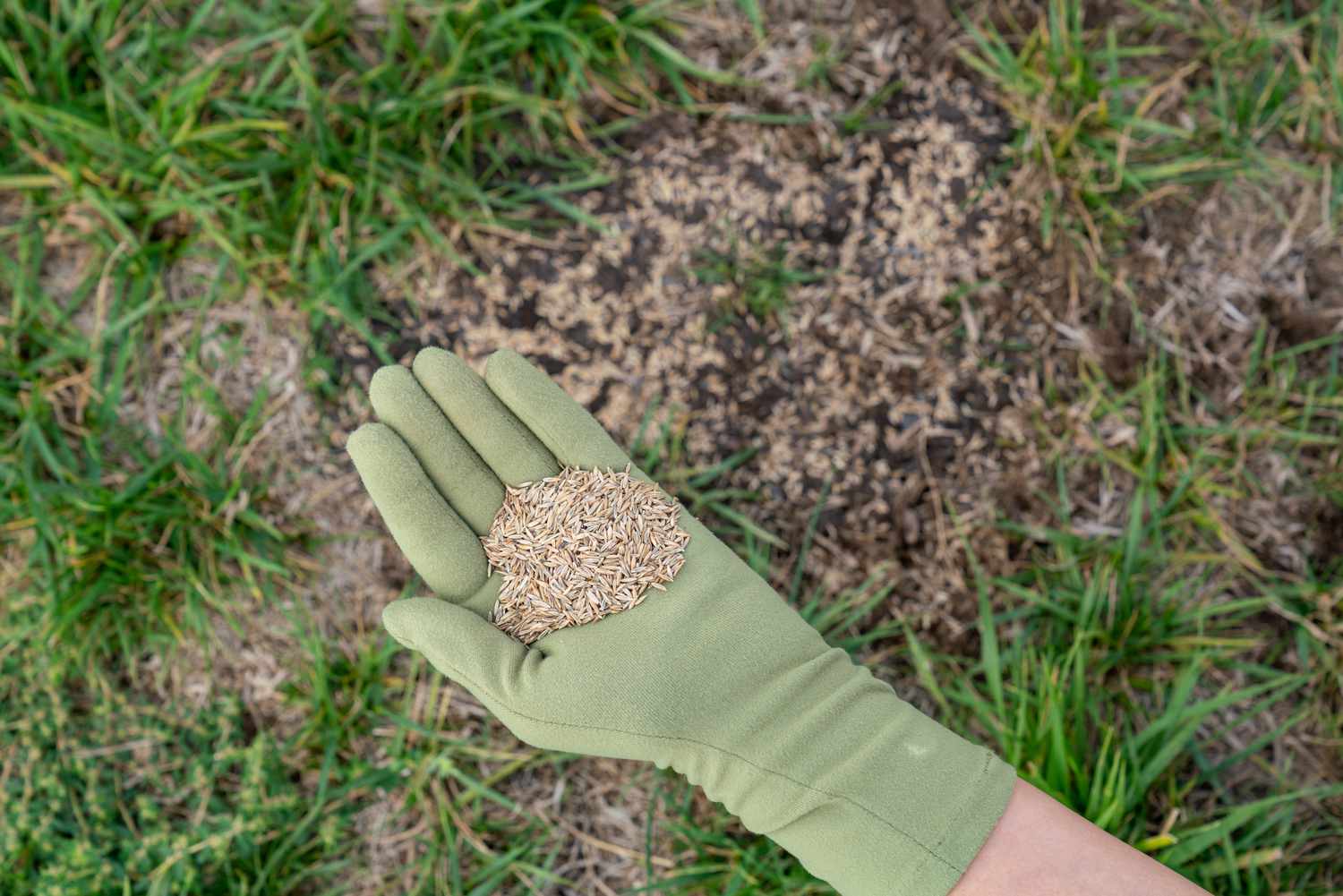
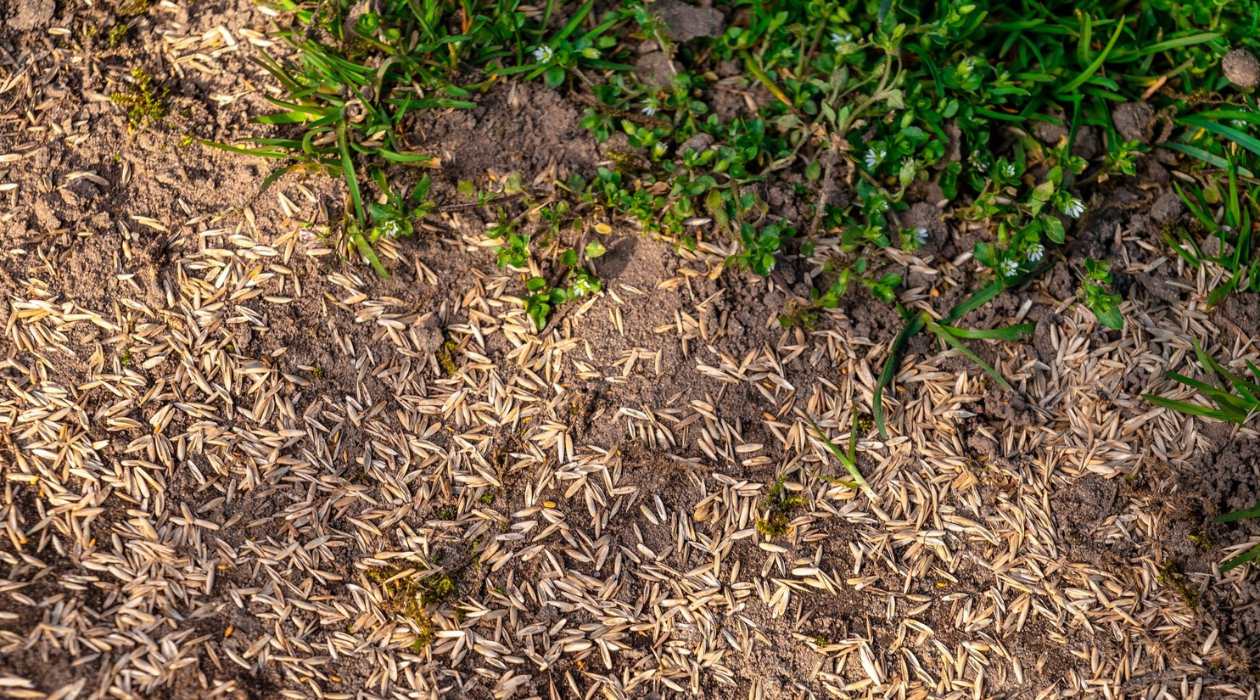


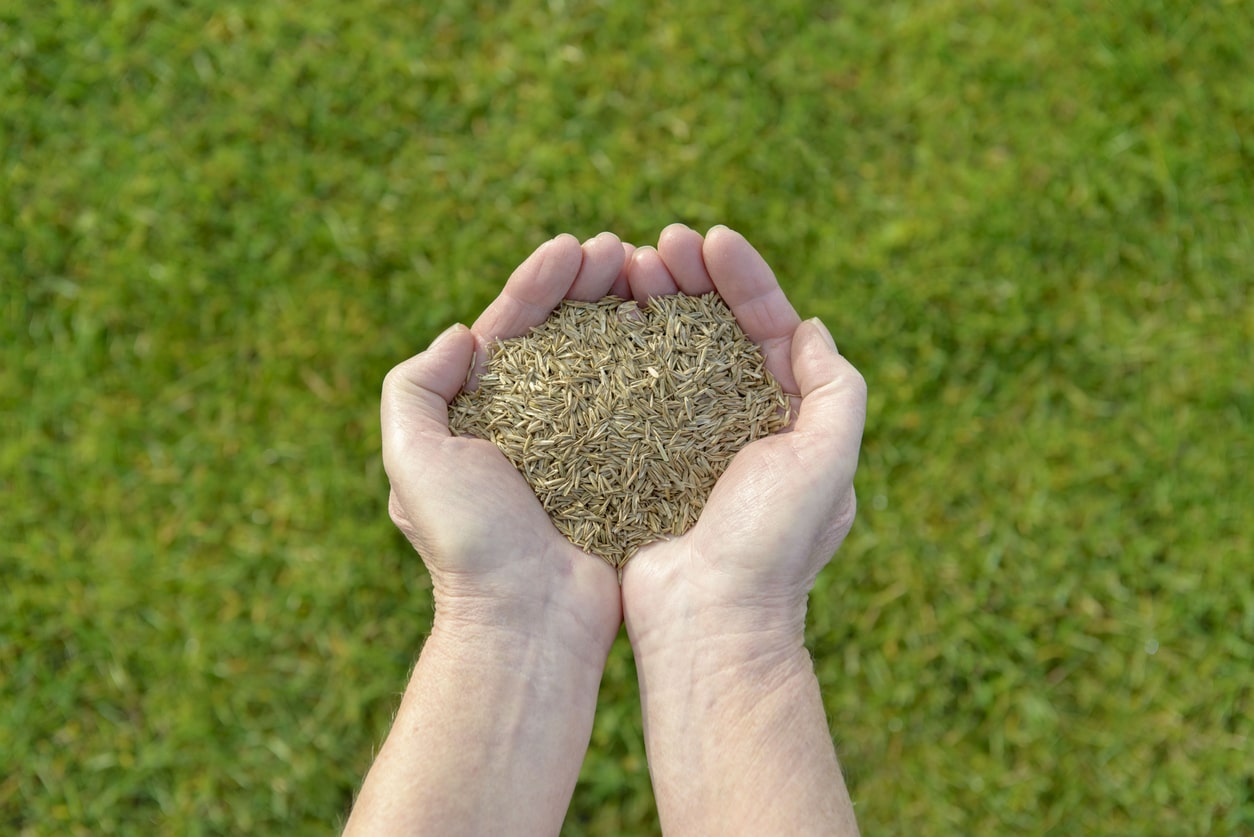
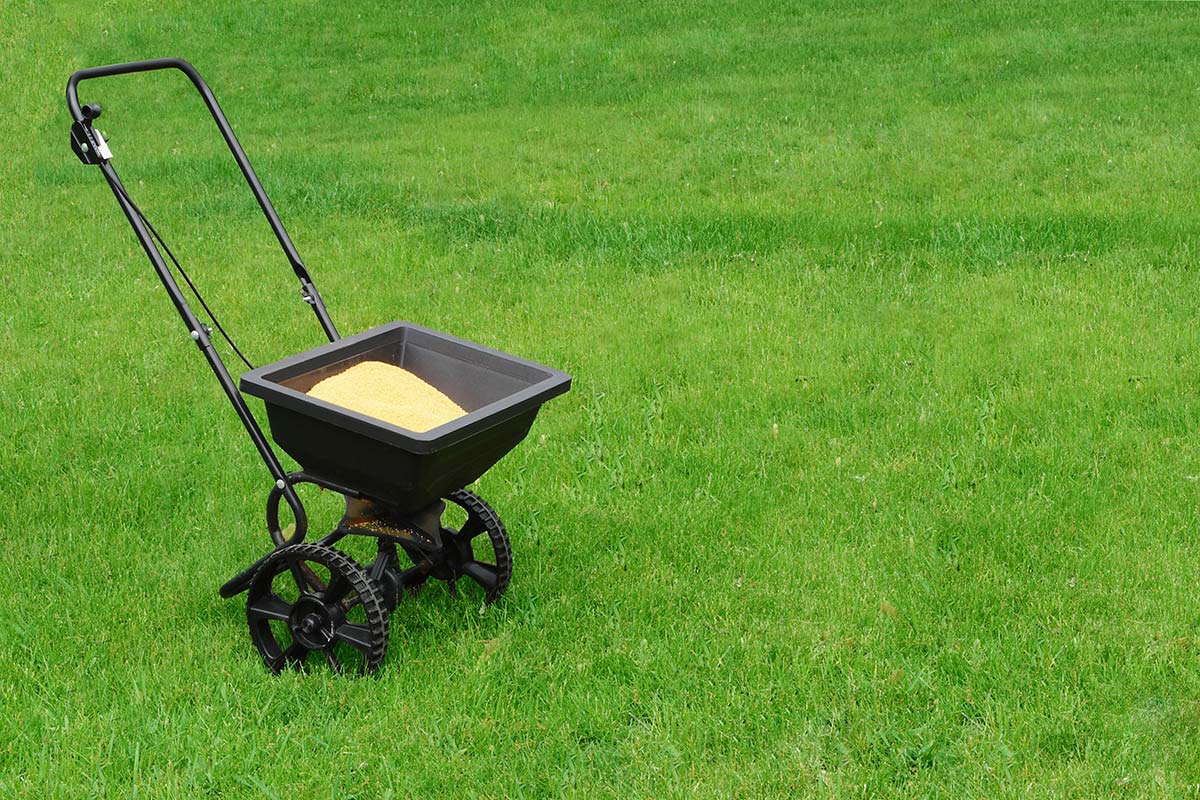

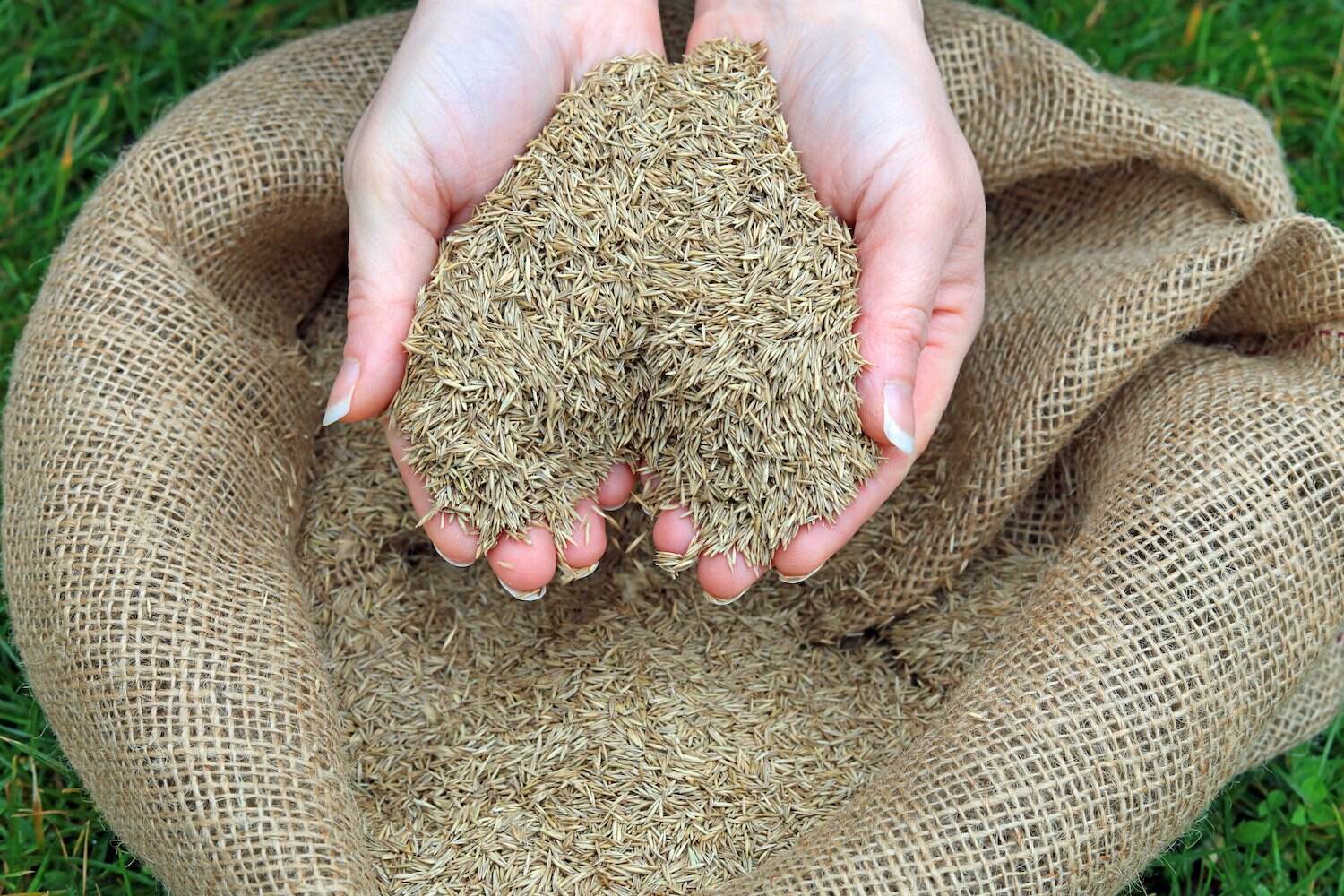
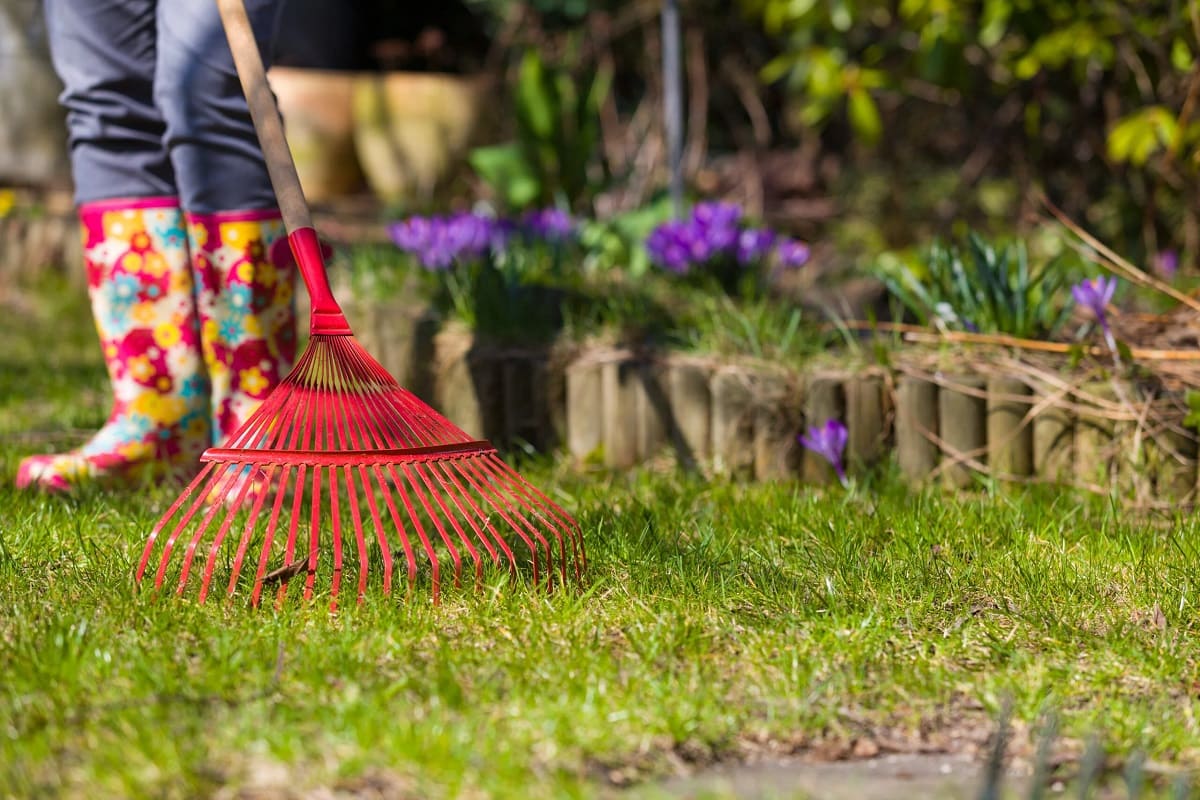


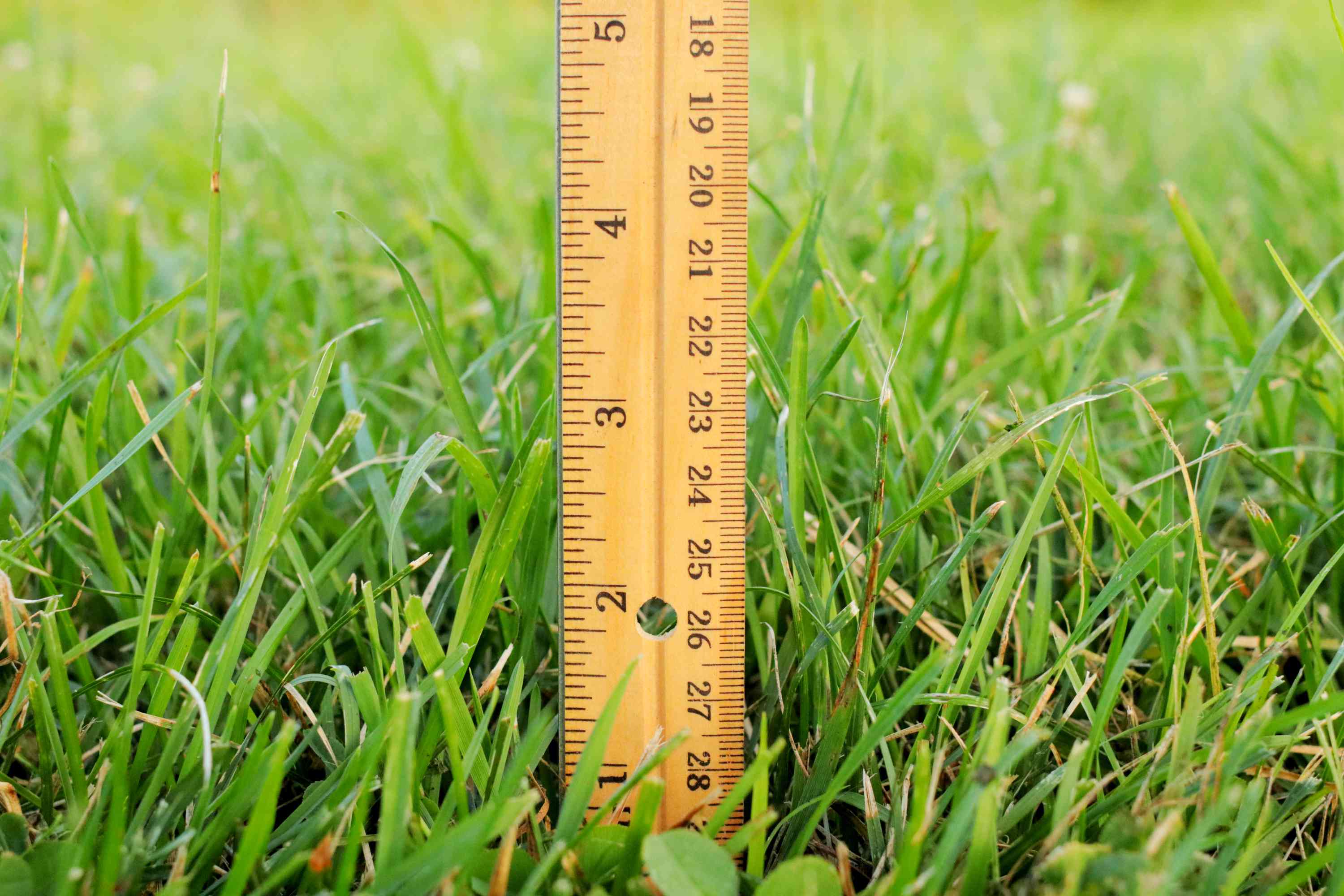
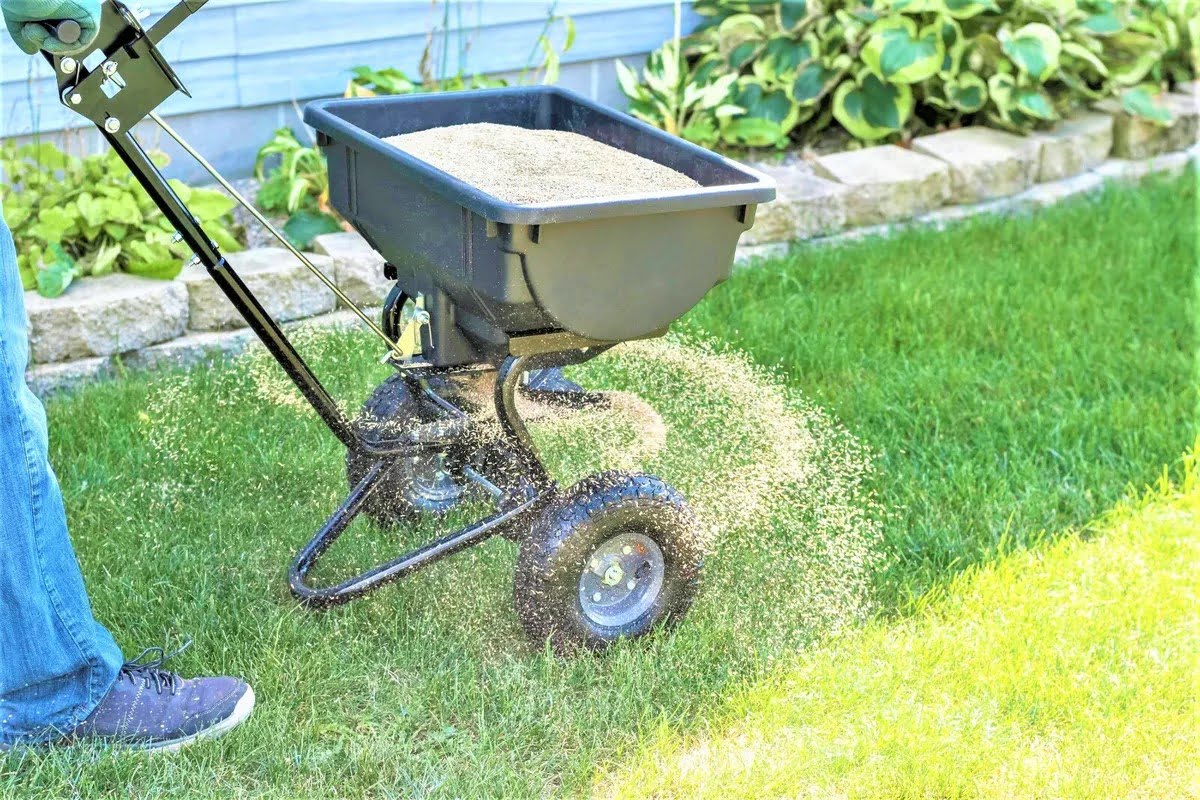
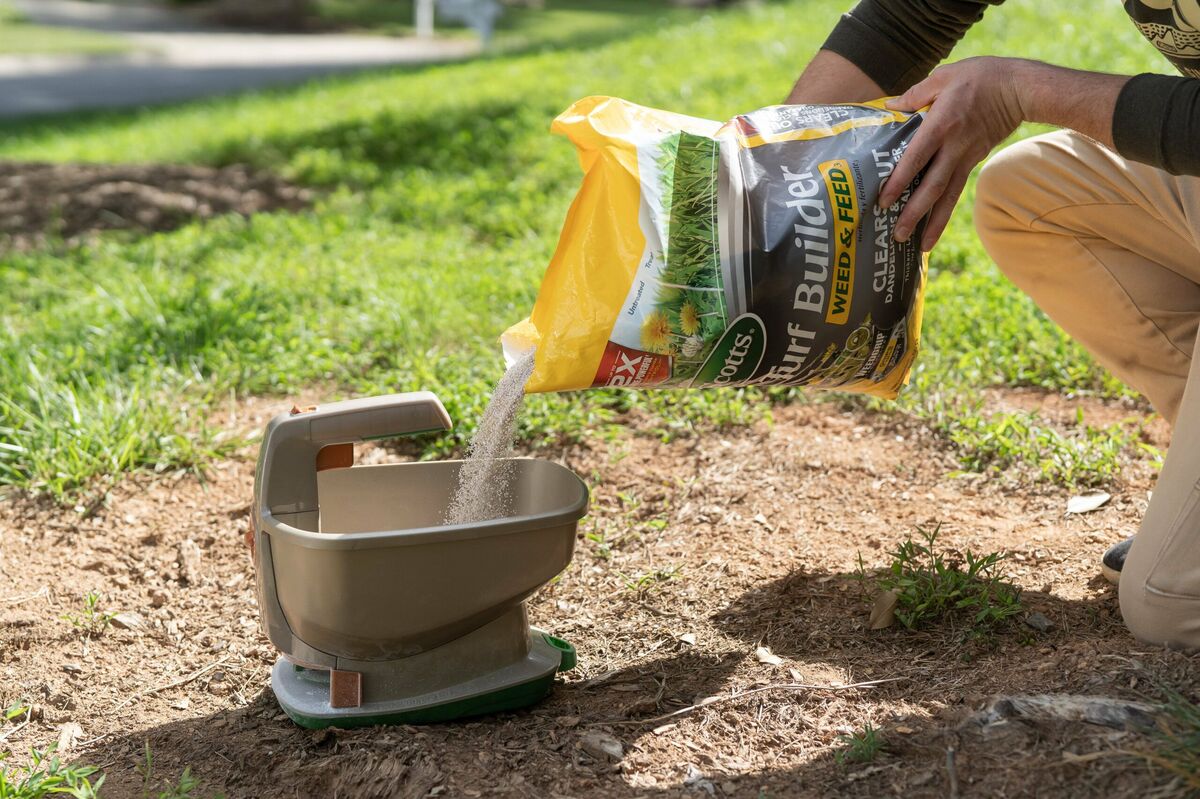

0 thoughts on “How To Plant Grass In The Spring”